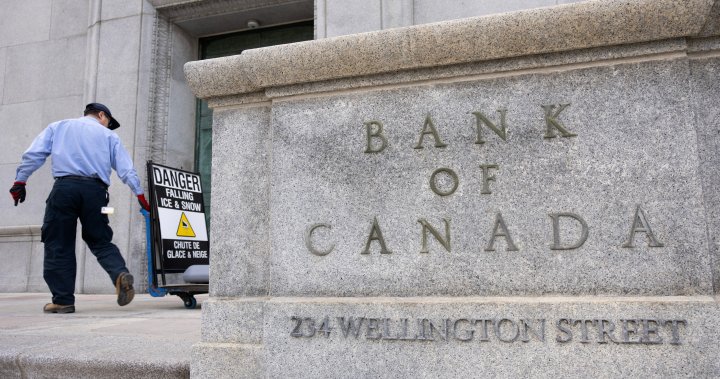Canadian employers collectively added some 51,000 jobs in November, but the unemployment rate jumped as more people looked for work, according to Statistics Canada.
The shift prompted at least one big Canadian bank to change its bet for next week’s Bank of Canada interest rate decision, the final one of the year.
Canada’s unemployment rate now stands at 6.8 per cent, up 0.3 percentage points from October. The jobless rate now stands at its highest levels since January 2017, outside the COVID-19 pandemic years.
Both the magnitude of the rise in the unemployment rate and the number of job gains last month topped the consensus of economists’ expectations.
Some 87,000 people were newly unemployed in November, including all those looking for work or on a temporary layoff. The rising participation rate — those working or looking for a job — was a major factor driving up the jobless rate, as an increase in November offset declines of the same proportion across October and September.

Most large cities, called census metropolitan areas by StatCan, saw their unemployment rates rising last month. Windsor, Ont., led the pack at 8.7 per cent unemployment, followed by Edmonton (8.3 per cent), Toronto (8.1 per cent) and Calgary (7.9 per cent), according to three-month moving averages.
Across the country, job gains were in mainly full-time work and in the public sector last month, StatCan said.

Get weekly money news
Get expert insights, Q&A on markets, housing, inflation, and personal finance information delivered to you every Saturday.
Employment rose in wholesale and retail trade sector (up 39,000 positions), the construction industry (up 18,000 positions) and in professional, scientific and technical services (up 15,000 positions). But sectors seeing losses included manufacturing (down 29,000 jobs) and transportation and warehousing (down 19,000 jobs).
After falling for six consecutive months, StatCan noted that the employment rate held steady in November as job gains largely kept pace with population growth among those 15 and older.
South of the border, a separate report from the United States Labor Department showed the America job market rebounded in November, adding 227,000 workers in a solid recovery from the previous month, when the effects of strikes and hurricanes had sharply diminished employers’ payrolls.
Friday’s report also showed that the unemployment rate ticked up from 4.1 per cent in October to a still-low 4.2 per cent.
BMO calls for 50 basis points
The November jobs figures are the final major economic data release before the Bank of Canada’s interest rate decision on Dec. 11.
So far, the central bank has dropped its policy rate by 1.25 percentage points since June, including an oversized step of 50 basis points in October.
Heading into next week’s decision, inflation pressures have shown some signs of reigniting, returning to two per cent in October, while third quarter results for the economy undershot the Bank of Canada’s expectations.
After the November jobs figures showed a larger than expected jump in the unemployment rate, BMO chief economist Doug Porter said in a note to clients on Friday that the bank is now expecting a half-point cut next week.
“When the facts change, we change, and the sharp rise in the jobless rate is a big change, especially after two months of calm,” Porter said.

He went on to say there’s still a solid case for a 25-basis-point cut, and that a steeper drop is what BMO expects the Bank of Canada will do, not what it thinks the central bank should do.
Porter noted that there are signs of consumer demand returning in the economy, and expectations that the Bank of Canada’s counterpart to the south, the U.S. Federal Reserve, will ease less aggressively than first thought.
“But the Bank seems biased to ease quickly, and the high jobless rate provides them with a ready invitation,” Porter wrote. “The downside to such aggressive action is that the Canadian dollar is poised to weaken further—especially amid deep trade uncertainty—and housing is poised to reignite.”
Currency markets increased the bets for a rate cut of 50 basis points next week to 68 per cent from 55before the employment report was released.
CIBC and RBC, already in the 50-basis-point camp, maintained their calls after the November jobs figures.
TD Bank senior economist James Orlando said in a note that while it will be a “close call,” he believes the Bank of Canada will return to a 25-basis-point step next week.
— with files from The Associated Press
More to come…
© 2024 Global News, a division of Corus Entertainment Inc.





